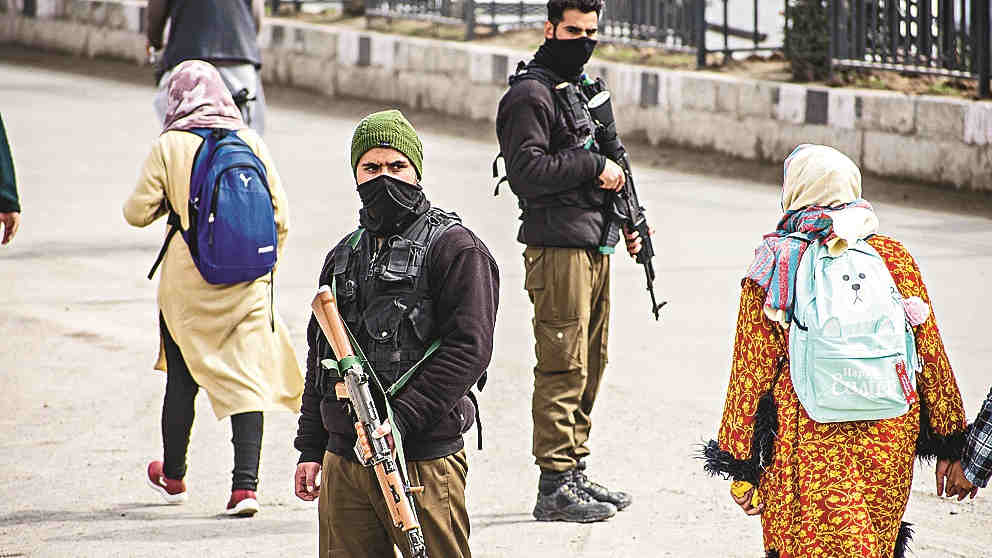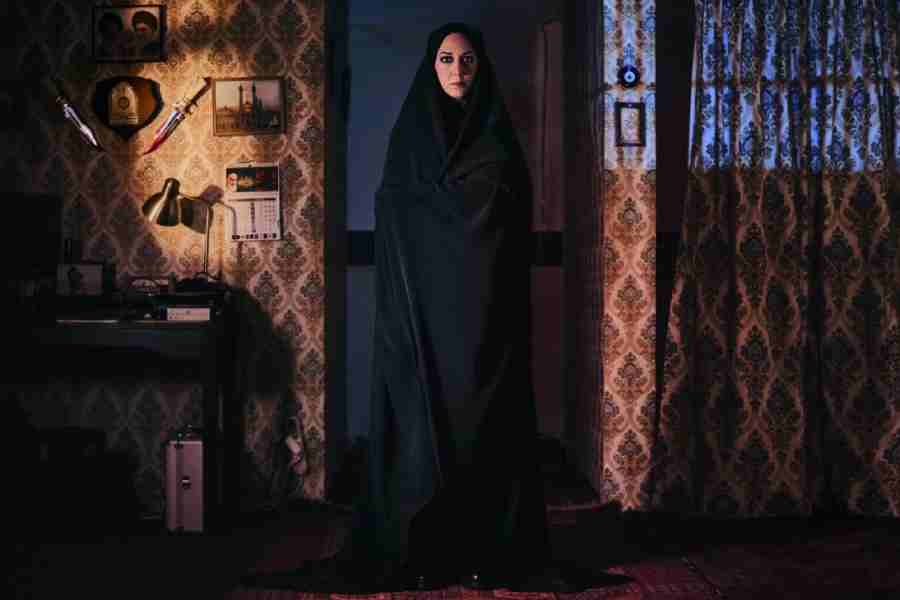Kashmir has become a raging disquiet in stolid resolve to spurn any plumbing of the depth of it, like a malignancy that has chosen to mask its potential for peril.
There likely isn’t a geography more reduced, relegated and rampaged over in this country than the Valley. There likely isn’t a populace so choked in the carotids with grievance and grief. Grievance that has been tossed out on its ears as illicit. Grief that has mostly been rejoiced over. They’d rather not bare wounds if salt it is that will fall on the baring. They’d rather their sullenness say it all.
I spent a week in Kashmir last month, my first visit since I extracted myself from the executive blitzkrieg that sundered Jammu and Kashmir and left the Valley guillotined under lockdown in the August of 2019. Does it say something that the preponderant majority of Kashmiris I spoke to upon returning — politicians, bureaucrats, businessmen, doctors, journalists, friends — either said it was futile talking or requested anonymity: don’t quote me, don’t put my name to anything I have said. A former minister had me over for breakfast and spoke bitterly and at length about the “demolition” of the Kashmiri sense of being, of an “enslavement” he saw no way out of. As I prepared to say my goodbyes, the elderly man put his palm gently on my back and pleaded: “Please do nothing that will send me back into lockup, you know there wouldn’t be any point in doing that. I have said what I had to say in good faith, but there exists no good faith between us and New Delhi.” What he was most broken for was this: Kashmiris expected an apology for what has been wreaked upon us following August 2019, but all we have heard is applause around our beating.
People I have known for decades politely begged off, or agreed to a meeting and then said sorry, best to avoid it. Within a couple of days of arriving, I got used to the difference between an appointment made and an appointment not made good. Venues were shifted last minute, often not just once: “Let me think of a place... no not my office and not home, and not a public place, not a good idea.”
For quite a while now, Srinagar has boasted a Press Club located down an alley off the tony Polo View bazaar. It is the last place a journalist might wish to meet you. They are wary of ‘farishtas’, or angels, the local euphemism for plainclothesmen and informers. They watch who meets who and says what. Journalists know. They have come to learn the hard way. It is routine for a journalist on the job to be spanked and abused, routine for equipment to be smashed or seized, routine to be summoned to the police station and threatened, routine to be charged with sedition, routine to be booked under the UAPA. The list of those ‘under watch’ or officially charged runs into dozens, it is long enough a list to fashion a handy muzzle. “Initially we kept such intimidation under wraps because talking about it made things worse,” a senior Kashmiri scribe told me — he had picked out a small bakery in the suburbs for our assignation — “But then some of us said we should talk, otherwise we will end up normalizing such tactics. I know of colleagues who have been called in and coldly told they either mend their ways or be prepared to be shot.”
Kashmir is normal, Kashmir has been fully integrated, there should be no other story for a good journalist to tell. Tourists have become an insurrection on the street, milling belly loads of them disgorging at the Humhama airport, the portal to paradise. The Valley’s famed nooks of idyll are exploding with the click-and-roll of cameras, leisure has become a diesel-fumed scurry, bumper to bumper, from one destination to the other — Sonmarg today, Gulmarg tomorrow, Pahalgam the day after, shoot and scoot, load your cameras, feed your Instagrams and be gone before ‘something happens’. The gardens of Nishat and Shalimar are under footfall that would have shuddered the Mughals. The Dal boulevard is a mad toss of ‘shikaras’ and, by twilight, a flaming parade of roasted corn and kebab vends.
The pictures are all paradisal, nobody wants darkness in their albums. Sun-swept lakes, meadows gone teal in curtains of distant rain, a riot of tulips, caravans of cuddly sheep, conifered slopes gazing down adolescent streams, a melting glacier, an iridescent sunset, a solitary woodbridge, a padded copse, a rippled houseboat. Kashmir is captivating at the moment, never mind the capturing siege descended on it. Those cameras wouldn’t be lying.
But if cameras snap, they shut out too. Each frame means two images, what’s captured, what’s left out. Within stone-shot of the hectic holiday revelry being unpacked in Srinagar sits a city of ashen aspect. Its habitations lie denuded by time and violent tide, crumbled masonry and boarded timberwork, witness to recurrent paroxysms between disputed ambitions of State and subject. Rubble roads and manic dogs run through its warren habitations. A river weaves along, so slowed by its burden of sewage it does not seem to run at all. Its banks are piled with garbage on which kites swoop to snatch what they can in their skirmish with dogs.
Slowly but inexorably, commerce has begun to relieve this dreariness — a spanking mall, a glass-front corner café, a snooker dive, not a bar yet but yes a sheesha joint, a shimmering SUV squeezing through lanes that weren’t cut for vehicles of such girth. Some of the cash rolling off the tourism turnstiles has begun to wash up and put a shine on this dilapidated town.
But above the daily humdrum floats a pensive, unassuaged air so insistent it makes prayer sound like a dirge. By twilight, it has risen from the houses of god and become a shroud that defies cameras as well as it defies banishment.
If Kashmir has indeed become ‘normal’ under the ministrations of August 5, 2019 and the sustained post-operative care, here is a fine example of it. When a nonagenarian adversary of the State dies, rendered frail beyond measure by chronic illness, his mortal remains are shoddily confiscated in a late-night jackboot raid and consigned to a grave not of the choosing of the departed man or the family. The last rites, filmed as a PR effort under as much light as cellphones can cast, recall all the antonyms to dignified as might exist. Severe restrictions on movement are imposed, communications are disabled, another flowering of concertina ordered for the streets, so Syed Ali Shah Geelani can be hustled six feet under.
Such is the peace that has come to descend upon Kashmir, the peace of the commandeered grave.
sankarshan.thakur@abp.in











